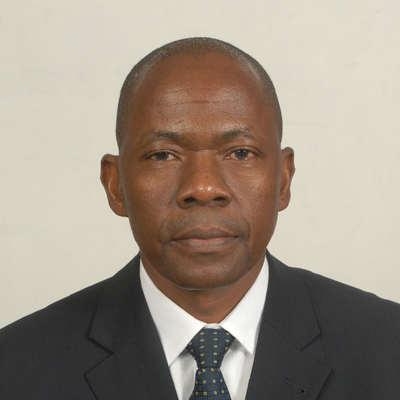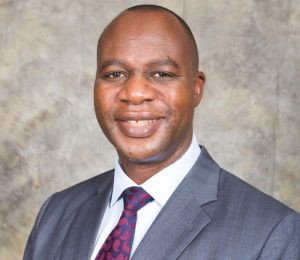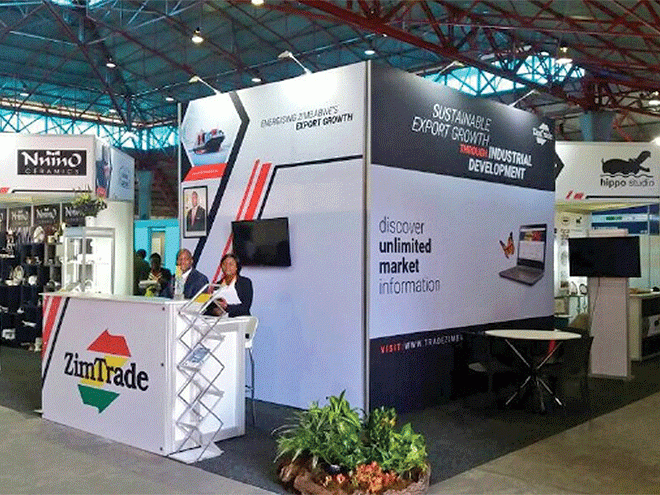
ZESA’s debt to Hidroeléctrica de Cahora Bassa (HCB) rose to US$97 million last year, up from just over US$45 million in 2019, the Mozambican power supplier HCB says.
Zimbabwe was the second largest debtor to HCB in 2020, after EDM, Mozambique’s power utility, according to HCB’s financial statements for 2020. HCB operates the Cabora Bassa Dam on the Zambezi River, a major power supplier to the region.
Zesa imports part of its power from Mozambique to make up for low electricity generation at its ageing plants in Zimbabwe. While power supply improved last year from the energy crisis of 2019, the country imported at least 30% of its power requirements, according to the Zimbabwe Energy Regulatory Authority (Zera).
The country’s power demand stands at between 1 400 megawatts (MW) and 1 500MW, but Zesa mostly generated less than 900MW last year. Output as at Wednesday was 1 317MW.
Zera has said Zesa wants to raise its tariffs.
“In short, Zesa is incapacitated because of the level of tariff which is sitting at roughly US$0,75 cents when we are supposed to be upwards of US$0,10 cents per unit,” said Zera chairman David Madzikanda.
In 2019, HCB and South Africa’s Eskom drew close to cutting Zimbabwe off over unpaid bills. Zimbabwe, however, cleared its debts with the South African company last year.
“Zimbabwe does not owe Eskom of South Africa anything for electricity supply. All accounts are fully paid for,” a spokesperson for Eskom says.
- Chamisa under fire over US$120K donation
- Mavhunga puts DeMbare into Chibuku quarterfinals
- Pension funds bet on Cabora Bassa oilfields
- Councils defy govt fire tender directive
Keep Reading
Power utilities across the region buy power from HCB, which is 85% owned by the Mozambican government. In 2020, it produced 15 350 gigawatt-hours (GWh) of power, 4,7% more than in 2019. Eskom owes HCB about US$38 million, from US$34 million in 2019.
The Southern African Power Pool also draws power from HCB.
Zimbabwe’s plan to cut power imports involves investment in extending the life of six units at Hwange Thermal Power Station and adding two new units.
Before the Kariba Hydro-Electric Power Station upgrade added 300MW to the 750MW hydro-electrical plant in March 2018, the Hwange thermal station was the country’s biggest.
To fix diminishing output due to frequent breakdowns of its antiquated plants, Hwange is adding two new units, 7 and 8, at a cost of US$1,1 billion.
In February, government authorised a US$310 million line of credit from the Export and Import Bank of India, a project to expand the life of Hwange 1 to 6 thermal power station.
Last year, government floated a tender for 500MW solar power projects, hoping investments in renewables will also cut the electricity deficit.
— newZWire











